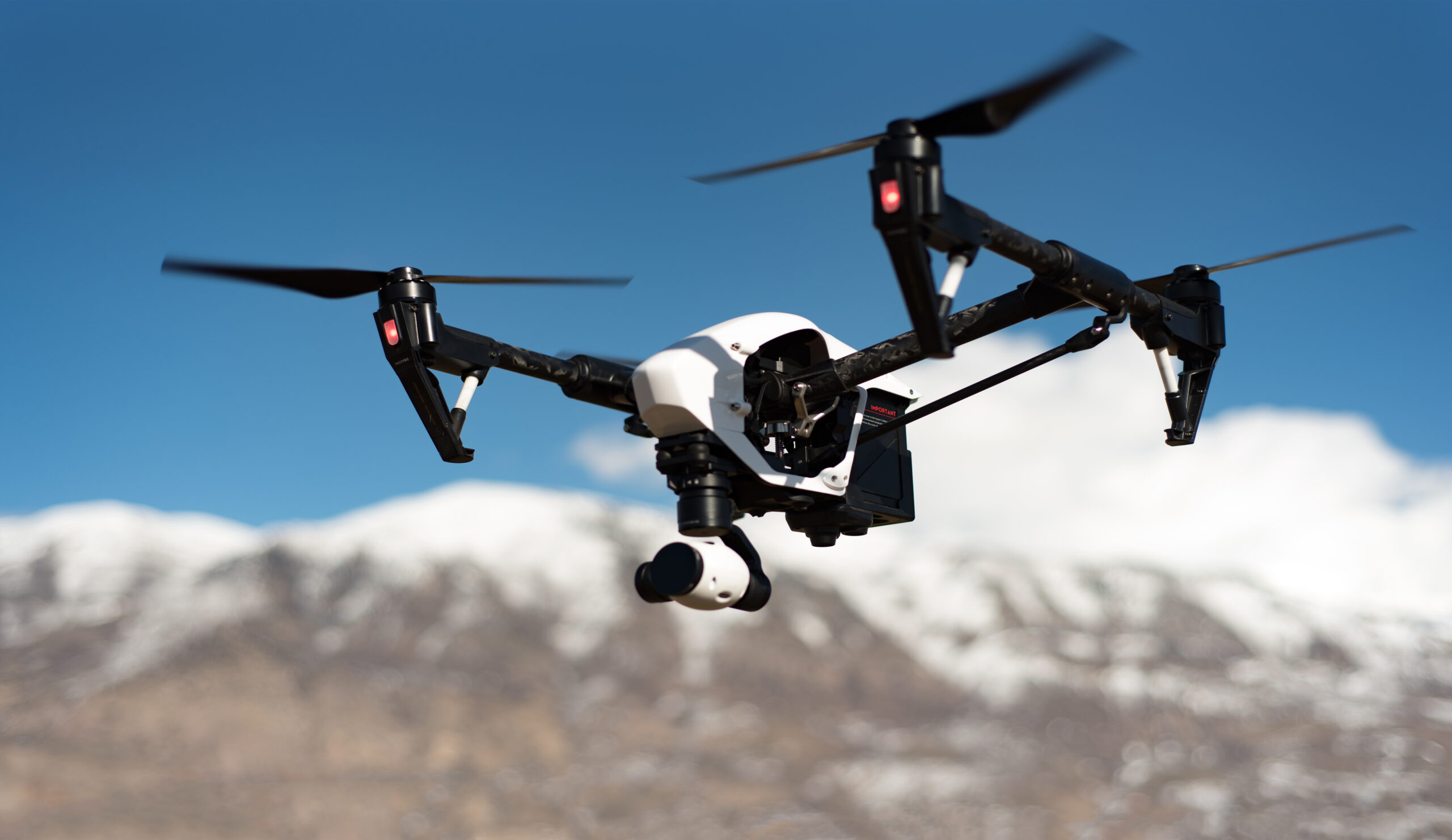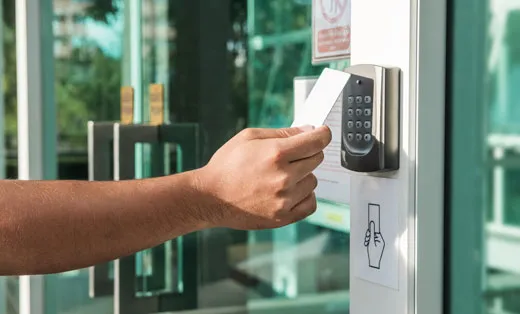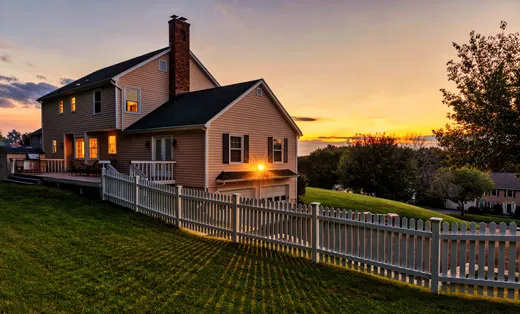
Drones-The FAA’s Ruling on Privacy
In recent years, drones have exploded in use by the civilian population. One can purchase a flying drone with a decent camera for under $100. What has come to our attention, though, is the fact that the idea of the drone has actually been around since before World War I. Furthermore, their use exploded during the Vietnam War, as the military began developing diverse models of the aircraft for training and surveillance purposes. The widespread availability that we are seeing now, however, is something that the numerous inventors of the Vietnam War-era and prior would have never expected, especially considering what drones were originally developed for.
Although we see them now as a light-weight, hovering machine propelled by four electric-powered helicopter style blades, rather than the airplane design of war drones, this is exactly what makes them such a threat. The quadcopter design allows for ultimate stability for the machine’s camera. This not only allows individuals to spy on you while you are around your house and perhaps determine whether or not you are home, but it also allows them to case your home and perhaps see what you have in places that would not be visible without a bird’s eye view.
These threats can be terrifying in their own right and cause you to be concerned if you are ever presented with a situation in which you encounter one flying over your home. It might even compel you to shoot it down if you have the means and determination. Unfortunately, the Federal Aviation Administration has confirmed that it is illegal to shoot down drones, even if they may be acting suspiciously. The decision draws from a broader FAA regulation that states the illegality of destroying “any aircraft in the special aircraft jurisdiction of the United States” (Department of Justice CRM). This is in contrast to local and state laws and proposed bills that are proponents of taking defensive actions against drones.
As a result of this ruling, it leaves homeowners with only three ways to defend against the threats posed by drones. The first is to obviously keep an eye out for any miniature, unmanned aircraft nearby and pay attention to what they might be up to. The next is to make sure that any important items are kept out of sight even if they are behind a fence. And lastly, when you leave the house for the day, setting your alarm system will of course protect you from incurring excessive loss in the case of a break-in that was influenced by a drone operator’s tour around your home.
Read more on the history of Drones in the U.S. or read more about the FAA’s decision.



